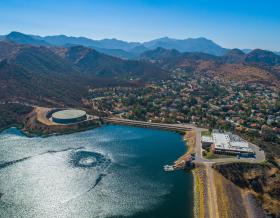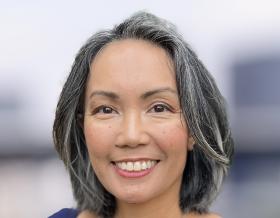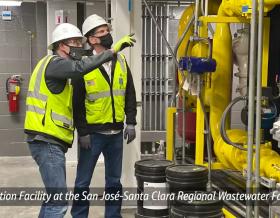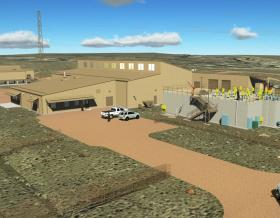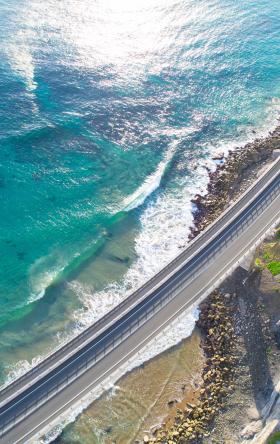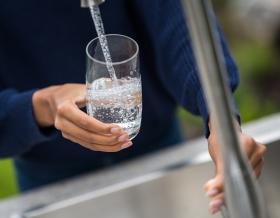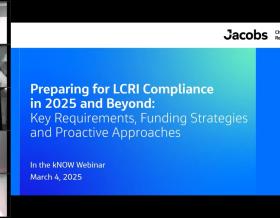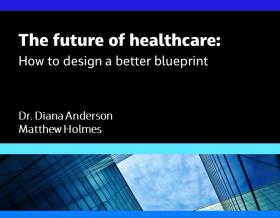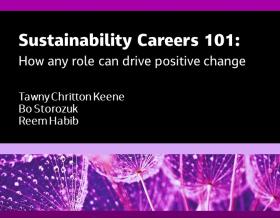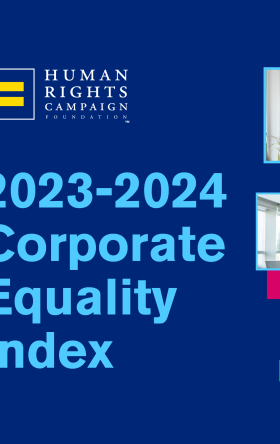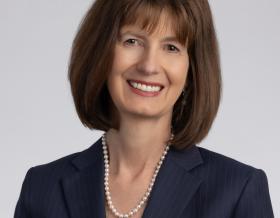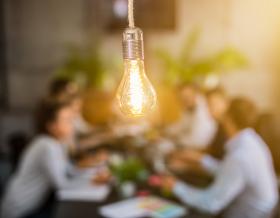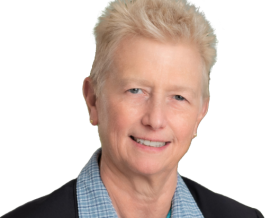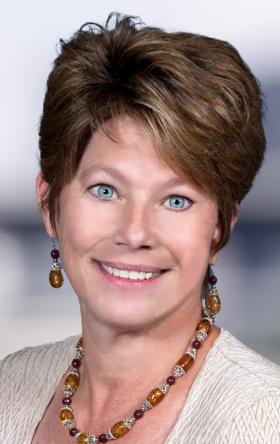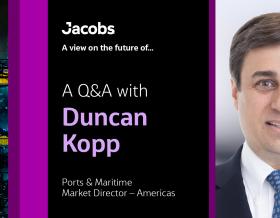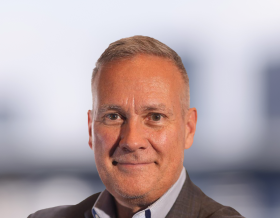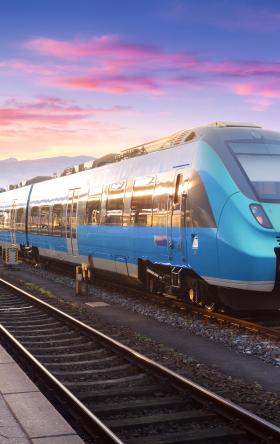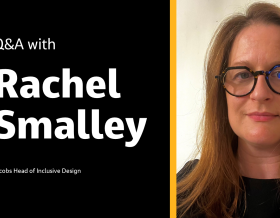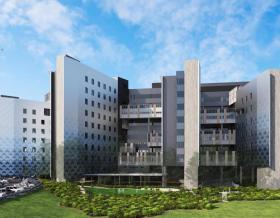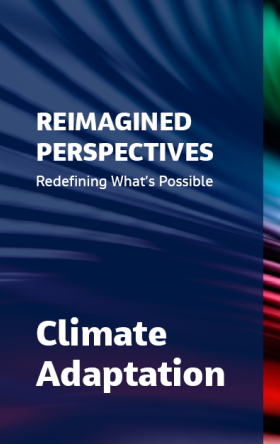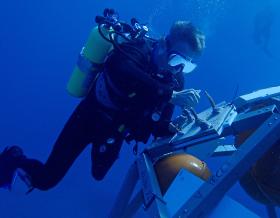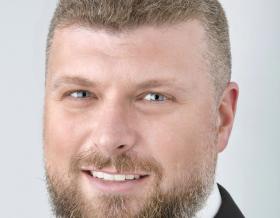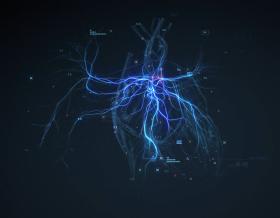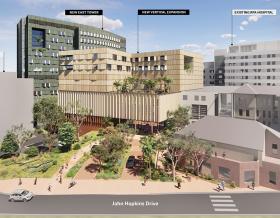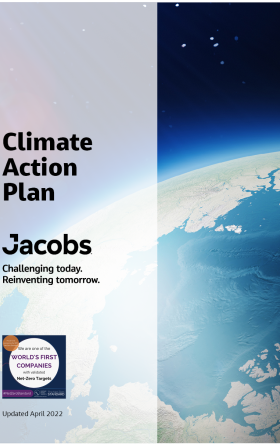From Grid-Dependent to Grid-Positive: The Ejby Mølle Breakthrough
The award-winning transformation of VCS Denmark’s Ejby Mølle plant into an energy-positive powerhouse
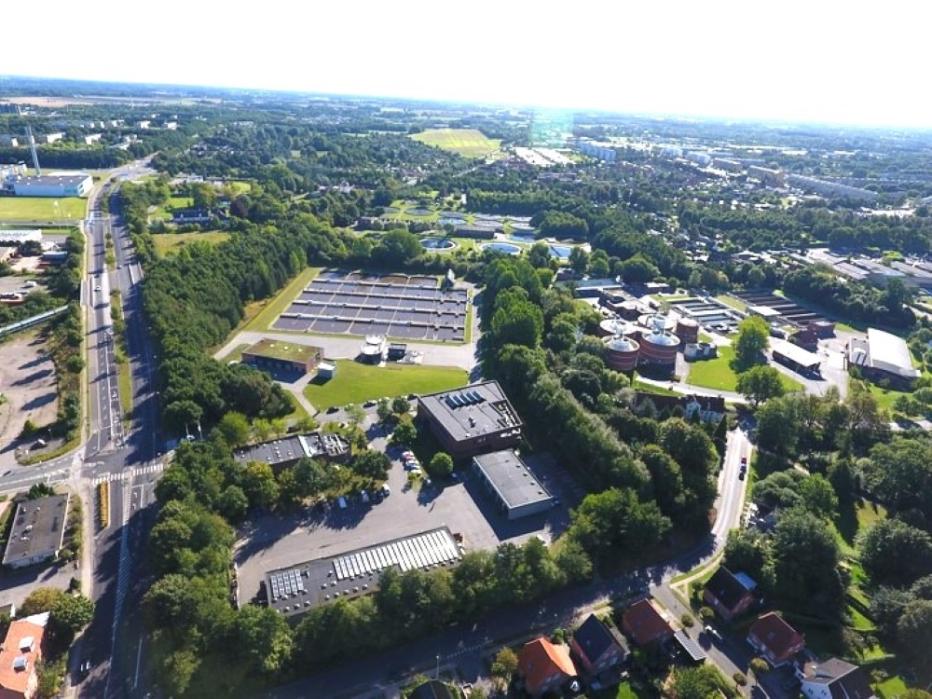
Credit: VCS
The project began with a bold goal set by a Danish water utility in 2009: become energy-positive within five years. At the time, this challenge seemed nearly impossible. Rapid urbanization, aging infrastructure, tightening regulations and climate pressures made this ambition seem daunting.
Fast forward to today, the Ejby Mølle Water Resource Recovery Facility (WRRF) in Odense, Denmark — owned and operated by VandCenter Syd (VCS), Denmark’s third-largest water utility — has transformed from a major electricity grid consumer into a producer of power and heat for more than 400,000 people. Remarkably, this shift happened in less than half the typical timeframe and with a fraction of the usual budget.
The key to this energy independence success? Visionary leadership, technical expertise, and a culture of continuous innovation. The results are clear: a more efficient service for the Odense community, a facility with world-leading sustainable practices, and a long list of innovations and industry firsts.
“Our work with VCS Denmark goes far beyond traditional collaboration. It empowers our joint team to innovate through leadership, ambition and continuous testing and iteration. It’s the foundation that challenges the status quo and drives the industry forward.”
-
8 +
Industry innovations created through this 13-year collaboration
-
150 %
of the Ejby Mølle WRRF’s energy is now self-generated
-
400 K
people served by an energy-efficient advance nutrient removal facility with a biogas-powered combined heat and power system
-
$ 2 M
USD capital expenditure needed to achieve energy-positivity within three years
-
12
Miles the heat generated from the plant travels through a district heating system
Understanding the industry challenge
VCS Denmark, a water/wastewater utility company with a 150-year history, has long prioritized sustainability and innovation. In 2009, then-managing director Anders Baekgaard and his senior staff set an ambitious goal: to make the utility energy-positive within five years.
The scale of this challenge was immense. Energy is the second-largest cost for wastewater utilities after labor, making energy self-sufficiency a direct financial advantage for both the utility and the end-user. Beyond economics, WRRFs also emit significant greenhouse gases - especially nitrous oxide, which is roughly 300 times more potent than carbon dioxide. Most utilities of this size typically achieve only 40-50% energy self-sufficiency and reaching full energy positivity often takes decades. Compounding the difficulty, Ejby Mølle is one of Denmark’s oldest facilities, meaning it had aging infrastructure and complex regulatory requirements, including strict nutrient limits in its discharge into a small, local river.
Developing a programmatic approach for a solution
By 2012, VCS Denmark had already increased self-sufficiency to 77% through internal optimization efforts. The next step was surpassing 100%.
After seeking advice from traditional Nordic engineering firms, VCS Denmark discovered a Jacobs paper on energy optimization. The chance discovery led to a cold email, a competitive tender, and a 13-year collaboration.
Jacobs began by hosting energy optimization workshops in Odense focused on developing and leveraging a whole-plant model using historical data. The model covered both liquid and solids processing treatment trains, energy generation and regulatory compliance. All solutions ensured effluent quality met regulatory standards and were measured against pre-established metrics for energy demand and energy generation.
The workshops led to the swift implementation of energy optimization opportunities (EOO). One significant breakthrough came in side stream treatment: Jacobs introduced a granular-based deammonification process, first applied to digested sludge side streams, then later to the mainstream treatment. This was one of the world’s first uses of this process and a first in the Nordics.
Leading the industry through innovation and collaboration
These early wins evolved into the Beyond Energy Neutrality program – a long-term initiative aimed at making the entire utility, not just the Ejby Mølle facility, net energy positive, with the clear additional goal of becoming carbon-neutral in the future. This award-winning program has transformed VCS Denmark into a global leader in energy-positive water utilities.
The relationship continued to produce a long list of innovations, including:
- Demonstrating an industry-first membrane aerated biofilm reactor (MABR), reducing greenhouse gas emissions and facility footprint. This demonstration led to full-scale implementation at another VCS Denmark facility.
- Implementing Jacobs' proprietary Microbial Hydrolysis Process (MHP) to enhance anaerobic digestion. This breakthrough method boosts volatile solids reduction from 60% to over 75%, increasing biogas production by 25% and reducing biosolids output. A full-scale facility using this technology is expected to be operational by 2026.
Laying the foundation for future success
Ejby Mølle achieved energy neutrality in 2013—two years early and under budget—primarily by redirecting carbon to maximize energy generation. By 2024, the plant generated 150% of its electrical and heat energy needs, feeding surplus electricity to the grid and supplying hot water to a district heating system reaching 12 miles. All of this was achieved while maintaining strict effluent compliance – averaging under 6.0mg/L for nitrogen and 0.5 mg/L for phosphorus – without needing external carbon.
The plant also recovers thermal energy from treated effluent, owned and operated by sister utility Fjernvarme Fyn. In 2024, this additional recovery method allowed the plant to reach 330% net energy self-sufficiency.
The VCS Denmark and Jacobs relationship proves that incremental innovations can lead to groundbreaking results. By leveraging advanced technology, industry collaboration, and forward-thinking leadership, the future of sustainable water utilities is here.
“When we were facing the challenge of achieving energy positivity at Ejby Mølle, Jacobs provided the expertise and programmatic approach we needed. They didn't just offer theoretical solutions; they worked alongside our team, using data-driven analysis and customized modeling to identify and implement practical, impactful improvements. The results speak for themselves: we achieved energy neutrality ahead of schedule without compromising the effluent quality and now generate significantly more energy than we consume. Jacobs has been instrumental in turning our ambitious goals into reality.”
-
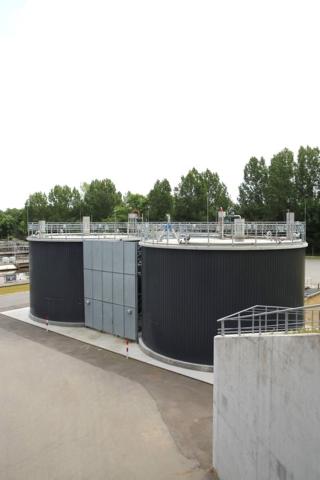
Credit: VCS
-
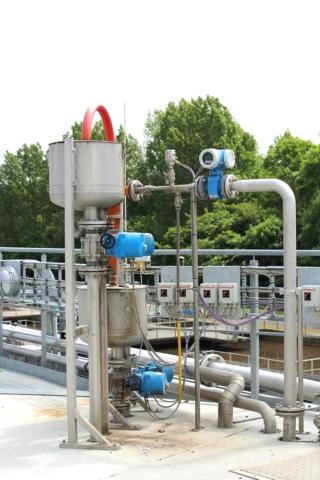
Credit: VCS

